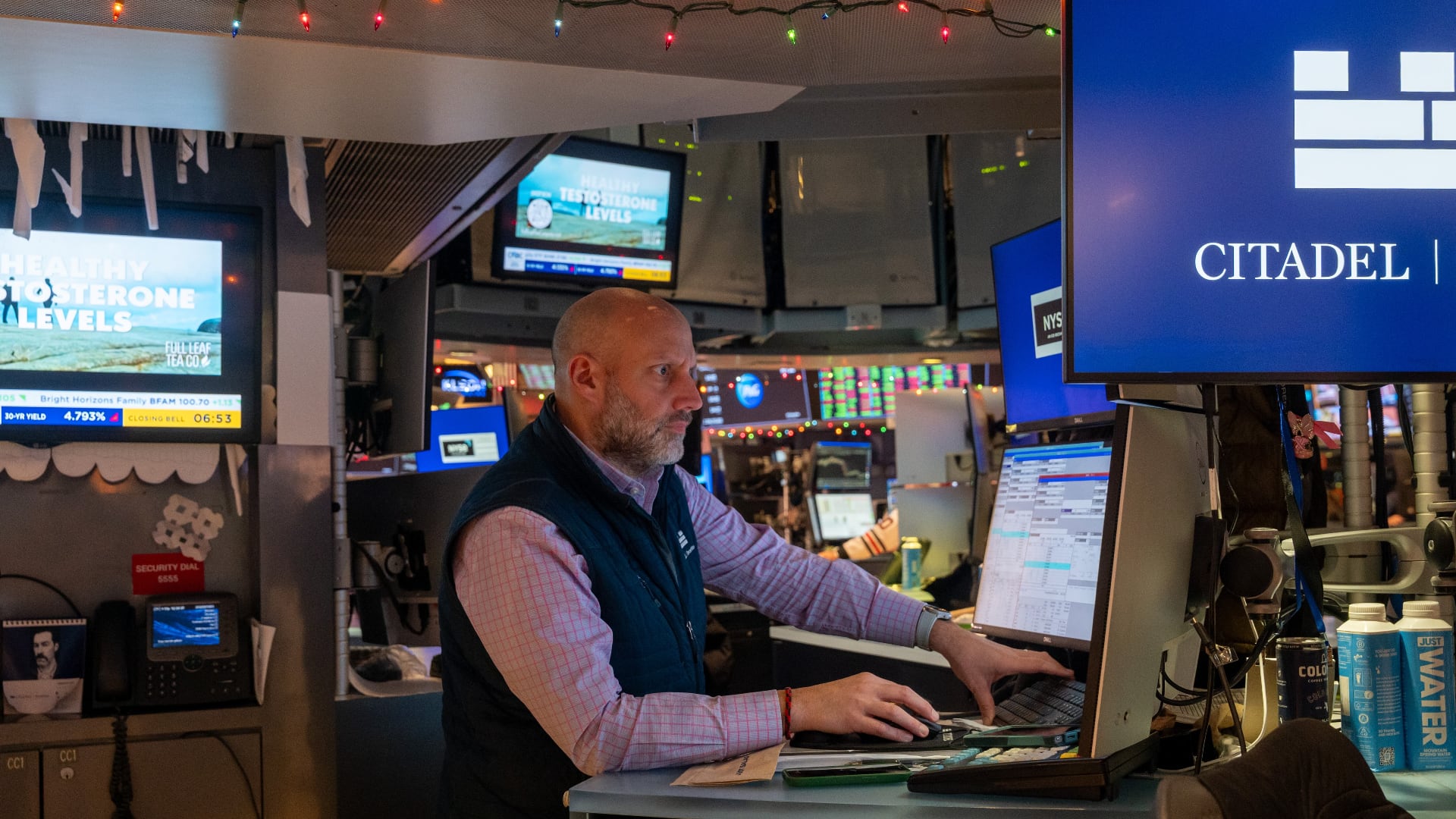*By Michelle Castillo* Wine manufacturer Yellow Tail can’t buy a national ad during the Super Bowl ー but that won't stop the company from getting its “Tastes like Happy” campaign out to the public in spectacular fashion. To skirt the category exclusivity hold that Anheuser-Busch InBev has on the Big Game, Yellow Tail bought 81 local ads ー which cover about 90 percent of the nation. “We did an end run around and did big pushes around ‘The Big Game,’” said Iain Douglas, chief marketing officer for Deutsch Family Wine & Spirits. “We can’t be on while the game is actually being played. But we can be on before, halftime and at the end, so we secured at halftime. \[The audience\] knows the ads are good at that point.” The Super Bowl is one of the highest-profile days for television advertising. But for certain reasons ーamong them company goals, prohibitive costs, and exclusivity rights ー not every everyone gets a commercial. In Yellow Tail’s case, the NFL often awards exclusivity to official sponsors, usually meaning they are the only brand in their category that can buy ads during the game or even officially use the words “Super Bowl” in their ads. This year, Anheuser-Busch ($BUD) is the alcohol sponsor. But buying local doesn't necessarily save companies any money. Douglas estimates it cost Yellow Tail $5.2 million to buy all the local ads, about the same as the $5 million-plus sources paid for a 30-second ad spot during the Super Bowl. Furthermore, Yellow Tail ran a contest to crowd-source clips from real people, putting the total budget for the campaign at $7 million, he added. Thanks to digital advertising, there's an increasing number of ways to promote a company without that coveted 30-second spot. During last year's Super Bowl, 90 percent of companies running a TV commercial ran Facebook ads as well. Skittles, for example, is putting on “Skittles Commercial: The Broadway Musical.” The 30-minute play, which will debut in New York before the Super Bowl, will star Michael C. Hall and include songs by Drew Gasparini of “Smash” fame. Meanwhile, Acreage Holdings, whose [medical marijuana ad was banned by CBS](https://cheddar.com/videos/acreage-ceo-kevin-murphy-doesnt-begrudge-cbs-for-killing-his-cannabis-commercial) from the Super Bowl, is the most discussed ad topic online, according to data from Zignal Labs. But all ads are not created equal ー and depending on the company, a Super Bowl spot may not have much consequence. Pizza Hut is an official sponsor of the Super Bowl, but if it were to air a commercial during the game, the ad wouldn't exactly help business. The Super Bowl is the company’s busiest day ー it expects to sell more than 1 million pizzas ー but most people order their pizzas before the game even starts. “We may not be in the game, but we’re in the walk up to the game,” said Marianne Radley, chief brand officer for Pizza Hut. “Two hours before the game, people are making their decision about what they are buying. Earlier, they’re thinking about what parties they are hosting and what they want delivered.” It made more sense for Pizza Hut to do a pre-game ad and supplement it with other events. It’s offering, among other things, discounts, coupons to the NFL store, and a #PizzaHutSpecialDelivery promotion for moms in Boston and Los Angeles who gave birth during the Super Bowl and missed the game. Pizza Hut is also running a store pop-up in Atlanta, and partnering with Yahoo and Pinterest. The pizza chain also lucked out by filming commercials with Los Angeles Rams’ Todd Gurley and Jared Goff before they even made it to the NFL championship ー so it’s airing those ads ahead of the game. Similarly, Cars.com wants to reach customers who are actually in the market for a car, which only happens every five to seven years. A widespread ad may draw attention, but not those key customers Cars.com is courting. Since it bills itself as a modern day Tinder for cars, using algorithms to find customers for its inventory, it decided to be a “Big Game Matchmaker.” Instead of buying an ad, it is planning to directly respond in real-time to the ads airing on TV, and to Super Bowl-related conversations using Twitter ($TWTR) and other social media. Cars.com has prepared about 50 different ads, based on the pre-released content. It is also buying ads on YouTube, Facebook ($FB), and other platforms to expand its digital presence, using targeting tools to find potential car buyers. Plus, digital advertising has the added capability of redirecting potential customers directly to a merchant's website. Sources say it cost Cars.com about a quarter the cost of doing a traditional Super Bowl TV ad campaign. “People are engaging on the game on TV, but also on Twitter, so we’re connecting with people talking around the game,” said Seth Goldberg, senior director of brand marketing for Cars.com “We’re going to intercept those conversations during the ads.” For full interview [click here](https://cheddar.com/videos/inside-yellowtails-innovative-super-bowl-ad-strategy).












